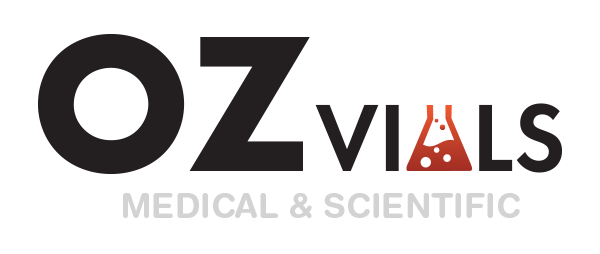Filtration | OzVials Medical Lab Supplies Australia | Discreet Shipping
Filtration units remove microorganisms, pathogens and particles from liquids without any influence of their ingredients due to adsorption or decomposition.
Both the Syringe filters and Bottle Top Filters are tools that can be used to filtrate a sample. Deciding whether to use a Syringe filter (low quantity) or a Bottle Top Filter (greater quantities) will be based on the size of the sample. Filters can also vary by it’s membrane which are offered in a wide variety of options (PES, PVDF, Nylon, Cellulose Acetate, Cellulose Nitrate, Regenerated Cellulose, or MCE (Mixed Cellulose Esters). Although most membranes come in a hydrophilic they can also be made in a hydrophobic form.
A Hydrophilic filter are easily wet with water, hence ‘philic’ which means ‘love’. These filters can be wet with virtually any liquid, and are the preferred filters for aqueous solutions, as appropriate by compatibility. Once wet, hydrophilic filters do not allow the free passage of gases until the applied pressure exceeds the bubble point and the liquid is expelled from the pores of the membrane.
A Hydrophobic filters will not wet in water (hence the word phobic) but will wet in low surface tension liquids. For example, organic solvents such as alcohols. Once hydrophobic filter has been wet, aqueous solutions also will pass through. Hydrophobic filters are best suited for gas filtration, low surface tension solvents, and venting. In certain applications, hydrophobic filters are used to filter aqueous solutions because of compatibility requirements. Water or aqueous solutions can also pass through a hydrophobic filter once the water breakthrough pressure is reached.
As for filtration any of the previously mentioned membrane types will work. However, there are pro’s and con’s to each type of membrane. You must consider the application and the following information can be used as a guide;
A Hydrophilic filter are easily wet with water, hence ‘philic’ which means ‘love’. These filters can be wet with virtually any liquid, and are the preferred filters for aqueous solutions, as appropriate by compatibility. Once wet, hydrophilic filters do not allow the free passage of gases until the applied pressure exceeds the bubble point and the liquid is expelled from the pores of the membrane.
A Hydrophobic filters will not wet in water (hence the word phobic) but will wet in low surface tension liquids. For example, organic solvents such as alcohols. Once hydrophobic filter has been wet, aqueous solutions also will pass through. Hydrophobic filters are best suited for gas filtration, low surface tension solvents, and venting. In certain applications, hydrophobic filters are used to filter aqueous solutions because of compatibility requirements. Water or aqueous solutions can also pass through a hydrophobic filter once the water breakthrough pressure is reached.
As for filtration any of the previously mentioned membrane types will work. However, there are pro’s and con’s to each type of membrane. You must consider the application and the following information can be used as a guide;
